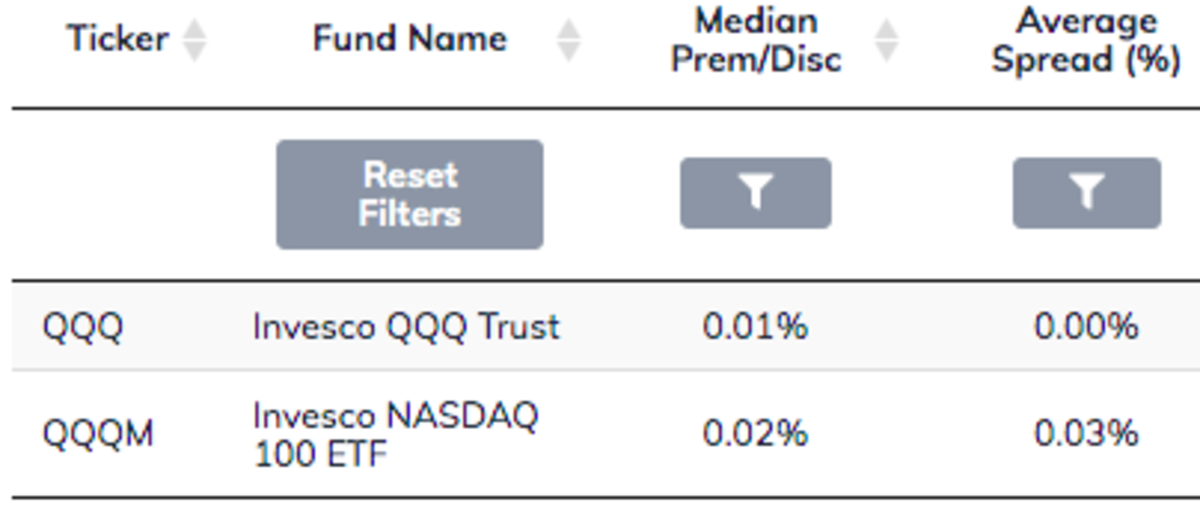

Periodic investment final value = 64,130.17 USD Initial investment final value = 48,760.27 USD If you enable the advanced mode of the expense ratio calculator, you can get extra information such as the effective investment return you had, how much the initial investment and periodic investment grew. Thus, by using our friendly expense ratio calculator, we get the following results:įuture value of total investment = 112,890.45 USD Yearly expected investment return = 30.97% Then, by considering the historical return since its beginning, which can you can find on the ARKK's webpage, we get: So, suppose we follow the next investing scheme:Īlso, imagine we started at the inception of the ETF that was six years ago. It currently represents 3.27% of the ETF. Moreover, SLACK ( NYSE: WORK) is a company that provides a digital communication platform for work. This company, by the 20th of November, represents 9.71% of the total ETF. Let's take a brief look: Tesla ( NASDAQ: TSLA) is an electrical vehicle automaker that already provides self-driving vehicles. SPY ETF.ĪRKK is an ETF that covers probably the most innovative and disruptive companies. If this was too much, don't worry, we integrate all of them into our expense ratio calculator, so you can play with the numbers as you wish until you get it.įor this comparison, we will analyze two of the most famous and trendy ETFs of this year 2020: ARKK ETF vs. Then, the formula for Initial investment future value (FVI): FVI = I 0 * (1 + r effective) nĪnd for the Periodic investment future value (FVPI): FVPI = PI * ((1 + r effective) n - 1) / r effectiveįinally, for the future value of the total investment (FVTI), we will have: R expected = Expected investment return, based in the historical performance of the ETF and R effective = Effective investment return which will represent the real compounding rate our investments will have, discounting fees

N = Duration of investment, or the amount of time we will leave our money to grow PI = Yearly periodic investment or the money we invest every year I 0 = Initial investment, or our first deposit The second one considers a yearly periodic investment for which we will use the formula for the future value of an annuity. The first considers an initial investment for which we will use the formula for the money's future value.
QQQ EXPENSE RATIO HOW TO
If you already understand how to calculate the future value of money and future value of an annuity this will be easy as pay. You might think that 0.1% is nothing, but if it compounds over time, it might be a relevant chunk of your money. Both concepts explain how important those fees are. Here it is important you remember the effect of the time value of the money formula and the compound interest formula.

The actual performance of your investment is the ETF/fund performance minus the Expense ratio you will have to pay every year. However, that's not the money you receive. That is probably the most advertised value because it shows how much money the ETF and fund are expecting to be making in the next years. It usually ranges between 0.1 to 1%, but it can go as low as 0.045%, like in the SPY case, and up to 2.95%, like in the case of Global X SuperDividend® Alternatives ETF ( NASDAQ: ALTY).īut, how it affects the return of your investment? Well, all ETFs and mutual funds have a yearly historical performance expressed in a percentage (in our expense ratio calculator it's called: Yearly expected investment return). We can call it the maintenance fee of the investment. The expense ratio is a fee charged by mutual funds and ETF providers for the concept of managing the assets in the fund. Please keep reading to find out what are their costs and how it impacts your investment performance. The current cost of this ETF is 357 USD (November 23th, 2020), meaning that your 357 USD investment will be distributed in the 500 companies accordingly to their portfolio weight, without requiring you to buy each of these stocks. Those three represent 16.27% of the total ETF, or in other words, there is 83.73% of the SPY portfolio weight distributed in other companies. Microsoft (SPY portfolio weight 5.40%) and.It contains approximately 500 companies which are known as the most representative of the USA stock market. For example, let's start with probably the most famous ETF: SPDR® S&P 500® ETF Trust ( NYSEARCA: SPY). The main advantage of an ETF is that it allows you to quickly diversify your investment without needing a lot of money. Components of an ETF are also known as holdings and are always diversified, meaning that you will find several different companies in the basket. It is similar to a basket of several stocks. An ETF is a type of security that allows you to invest in a group of different companies at once.


 0 kommentar(er)
0 kommentar(er)
